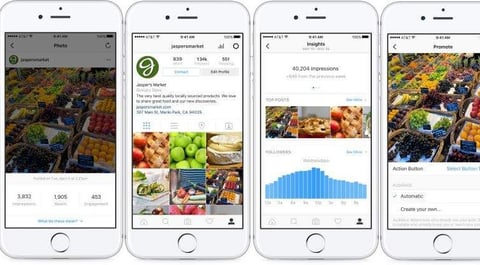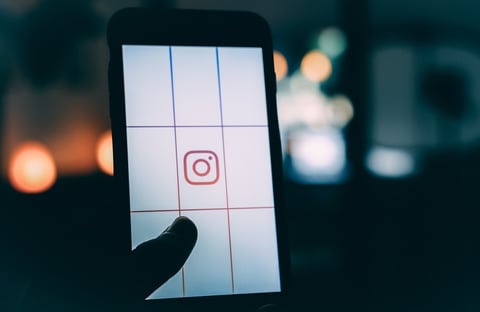Index Content
Instagram has become one of the star social networks, and not only for those who want to share their best photos, it is also a favourite for brands. This application is a perfect tool for companies, because thanks to it they can attract new customers and make themselves known.
It is not only Instagram, social networks in general have become a pillar within digital marketing, advertising and communication, but as we said at the beginning, this is the most popular, especially among young people.
A fundamental part of digital marketing is to measure all the actions that are carried out, and social networks are no exception. The application itself offers statistics without the need to install a separate tool, which makes the job easier.
In this article we bring you the keys to interpreting Instagram statistics. Don't miss out on this reading!
what are Instagram statistics?
Instagram statistics are a tool that allows you to analyse the results of your content without leaving the application. These statistics indicate the behaviour and activity you carry out with your profile, as well as the behaviour of other profiles with your account and content.
Instagram Insights (Instagram statistics) are the data that allow you to obtain information about your posts and followers. Thanks to the statistics you can know who and what your audience is like (age, gender, location, etc.), the reach of your posts, the best time and day to post, etc.

what are the types of Instagram stats and how to interpret them?
Profile analysis
In this part you can find the following metrics:
- impressions - the number of times your post has been viewed over a period of time.
- interactions - the number of shares across your account.
- reach: the number of unique accounts that have seen one of your posts.
- profile views - the number of views your profile has had over a period of time.
- website click-through: The number of times visitors to your profile clicked on your profile website link. In your account bio you can include a link, if you have your page URL there, this metric tells you how many times it has been clicked on.
- call or email click: Same as above, this indicates the number of times the email that appears on your profile or the call buttons were clicked.
- mentions: The number of times users have mentioned you
In this section you can get a general idea of how your Instagram profile is performing overall.
Audience analysis
In this section you can see the location, gender and age of your followers. These statistics are the key to see what your audience is like, if it fits your target, and above all, you can determine if your followers fit your buyer persona. This data also helps you to re-profile your ideal customer if you find that they don't fit.
Other metrics shown in this section are the time and day when your followers are most active, which helps you decide the best time to share your content, as you will know that at that particular time and day you will get a better response from your audience.
Post analysis
- reach
- impressions
- Interactions- actions taken directly with the post, such as clicks to the website, direct message button, profile visits, etc.
- Followers- the number of new followers gained from a post.
- comments
- likes or likes
- saved
To understand these metrics it is necessary to know that this data is useful to know which content works best. By analysing each publication separately you can check which type of content is most liked, with which you get the most interaction, etc.
Analysis of Instagram stories
Just like the analysis of publications, this section allows you to find out which content gets the most interactions and which your followers like the most. The popularity of stories has increased to such an extent that many companies get more interactions and better results by publishing here than on the Instagram feed itself.
The metrics it offers are:
- impressions
- reach
- Exits: The number of times users exited before they finished viewing the story.
- responses
- user information. Lists the accounts that have viewed your story a certain number of times
IGTV Analytics
this is the last section that you can find within the Instagram statistics. IGTVs do not achieve the popularity of stories, but the particularity of this section is that it allows users to upload videos from 1 minute to 1 hour long. You can find the data of the following statistics:
- plays. Indicates the number of times the video has been viewed, regardless of whether it has been viewed in full or not.
- likes
- comments
- audience retention: This indicates the proportion of the video that has been played, i.e. it shows you both the distribution of plays and the average percentage of playback. This is the most important statistic to know the performance of your videos.

A fundamental key to correctly interpret the statistics of your account is not to confuse reach and impressions.
Impressions are the total number of times a post or story was viewed on Instagram, while reach is the number of unique profiles that have viewed your content.
So the reach metric is much more accurate than impressions, because it refers to the profiles that have seen your content, whereas impressions refer to the total number of times people saw that content. But what does this mean? A post of yours may have had 500 impressions, but on the other hand it may only have had a reach of 150 people.
Now you know all the statistics that the social network offers you, so we encourage you to open this section and observe the data it provides. Before we warn you that to access this tool you need to have a company profile or content creator profile, with a personal profile it is not possible to access.
we hope we have helped you!




